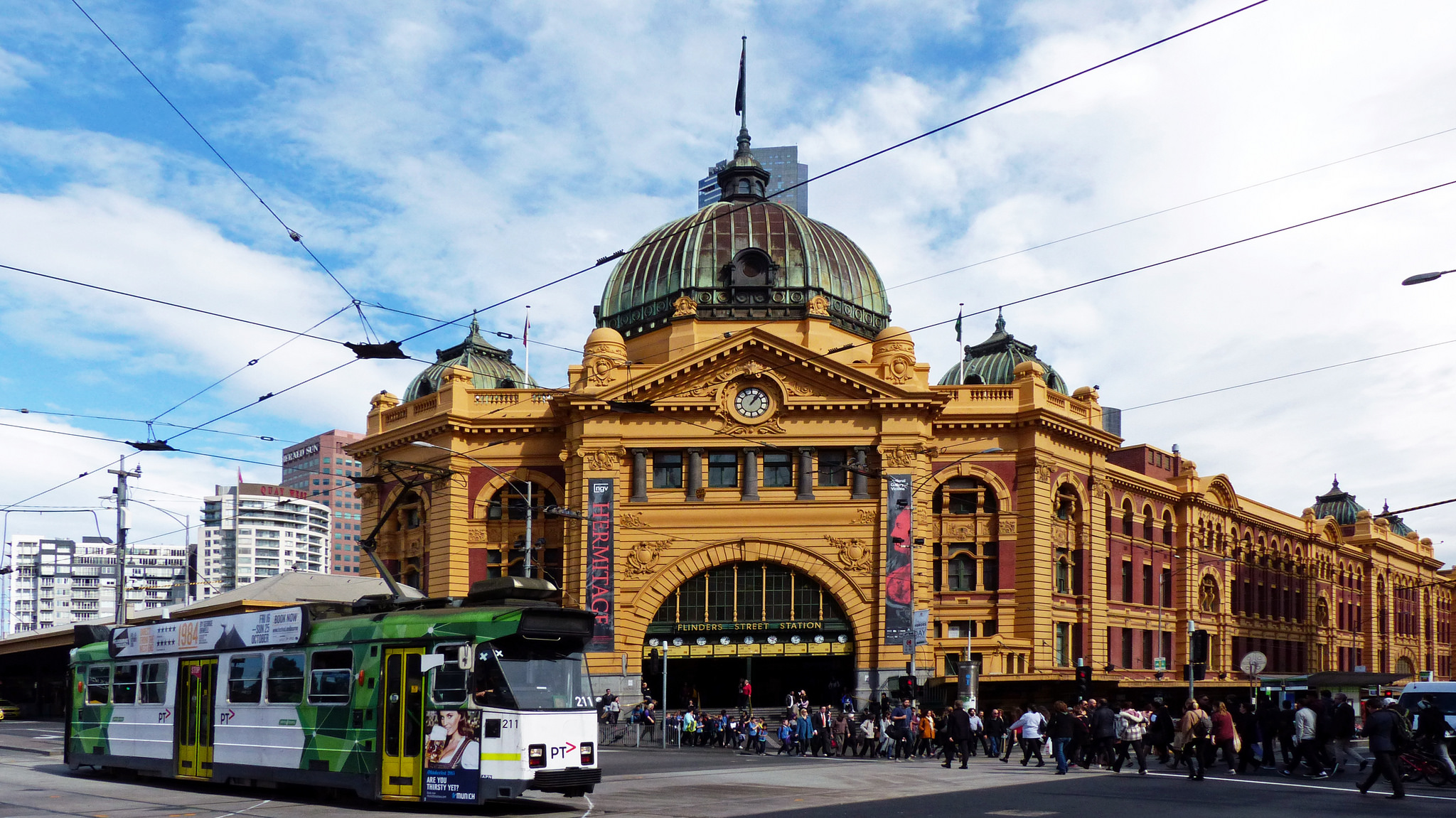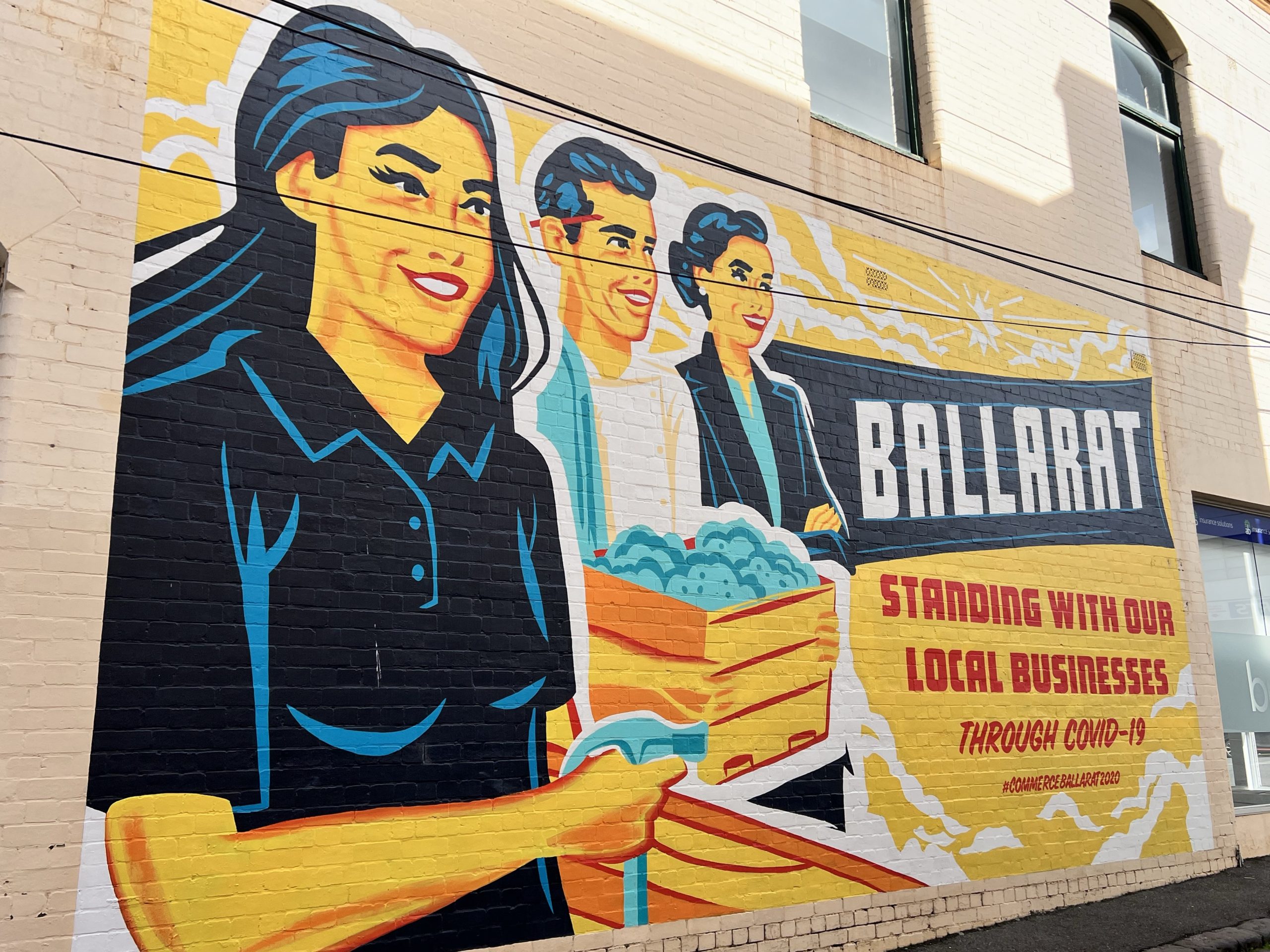
Melbourne is sometimes called ‘Paris of the Southern Hemisphere’, but with its grand buildings, broad avenues, sense of space and its trams, it is perhaps more like Vienna. And like Vienna, Melbourne has a long and rather unfair reputation of being formal and stuffy. Not any longer. It has been given a new injection of youthful vigour in recent decades, making it a city of vibrant contrasts now.
The city retains the pleasing Old World grandeur that represents the vision of its founding fathers, who set about their work from scratch in 1835, on the flat land where the muddy Yarra river flows into Port Phillip bay. They brought memories of Europe to the temperate climate of southeastern Australia, bringing two Neo-Gothic cathedrals – St Paul’s and St Patrick’s – and numerous civil buildings in grand Neoclassical style. They also interspersed the buildings with numerous generous parks, including the Royal Botanical Gardens. Many of the houses in the suburbs were knitted out in an eleborate Victorian style, with tiling and stucco cornicing, and wrought-iron balconies and verandahs – all the focus today of careful preservation.

A neat grid of streets was drawn up by the city’s founders, which can still be seen beneath the well-spaced high-rise buildings in the Central Business District (CBD), around the grand old Flinders Street Station. This area is also home to one of Melbourne’s most striking contrasts, riddled with small lanes, alleys and arcades, that in recent years have become a hive of creativity, filled with small shops, workshops, craft ateliers, design studios, galleries, restaurants and cafes. This has become such a feature of central Melbourne that some of the high-rises have become ‘vertical laneways’, with a similar mix of entreprises stacked one above the other.

Melbourne has a strong line in culture, with numerous theatres and galleries. Its National Gallery of Victoria has a prime collection of European and Australian art, while Melbourne Museum, completed in 2001, is an exhilarating complex covering the full gamut of Victoria’s flora, fauna and culture. Another key part of Melbourne culture is sports. The Melbourne Cricket Grand is the main place of worship, not just for cricket but also for Australian football. Melbourne hosts the Australian Open tennis championships, the Australian Grand Prix Formula One motor race and each November, the famous Melbourne Cup horse race. Thus the city always has interesting events to fill up the calendar.

When Melburnians want to relax, they simply head down to the broad beaches in the suburb of St Kilda, home of the historic Luna Park amusement park. It is also a gourmet city, known for its many excellent restaurants. The huge Queen Victoria Market provides a vivid illustration not only of Melbourne’s interest in food, but also how cosmopolitan the city is. Melbourne is famous for having the largest Greek population outside of Greece itself. Choosing between Melbourne and Sydney, I would definitely choose Melbourne!




